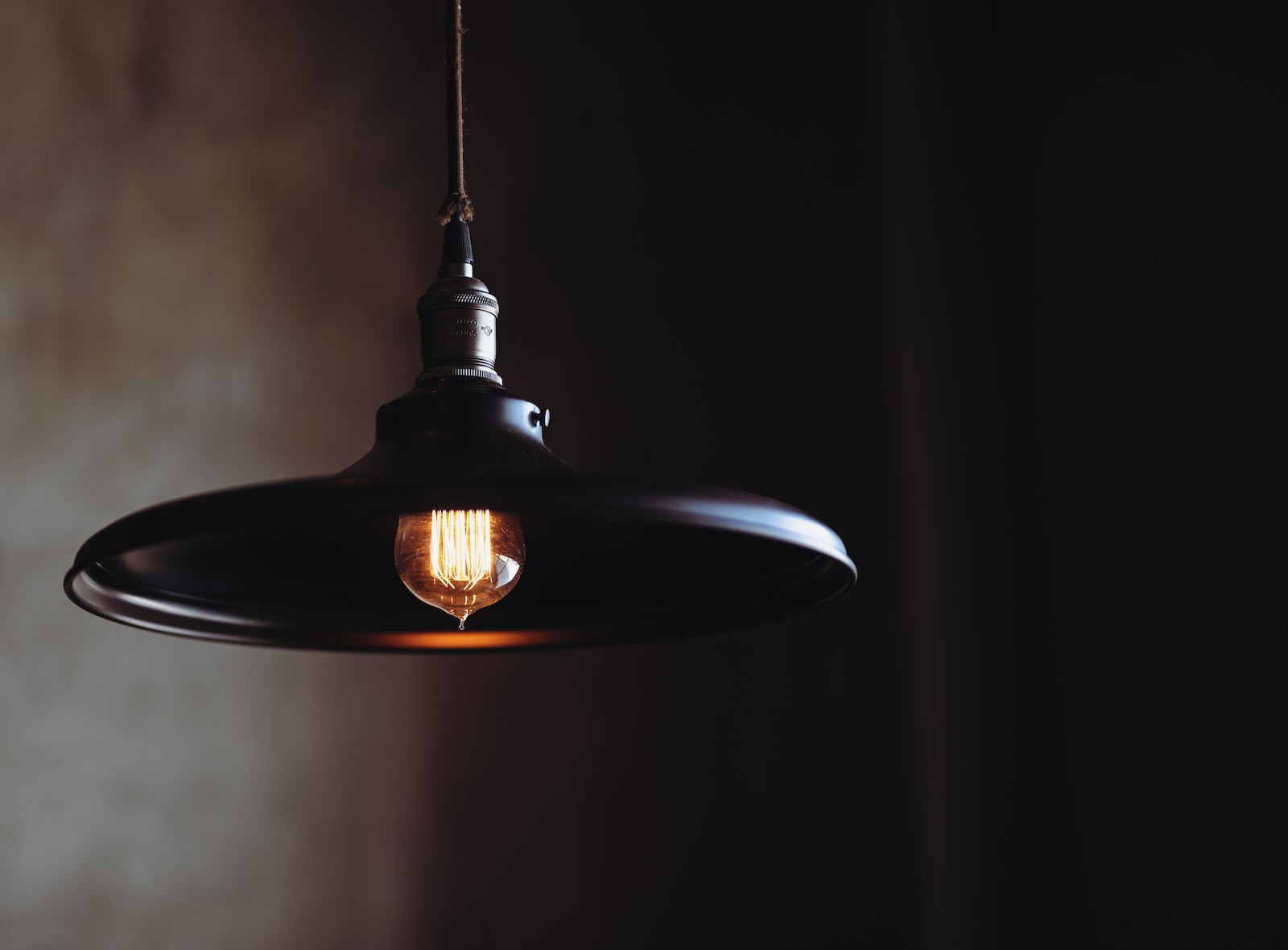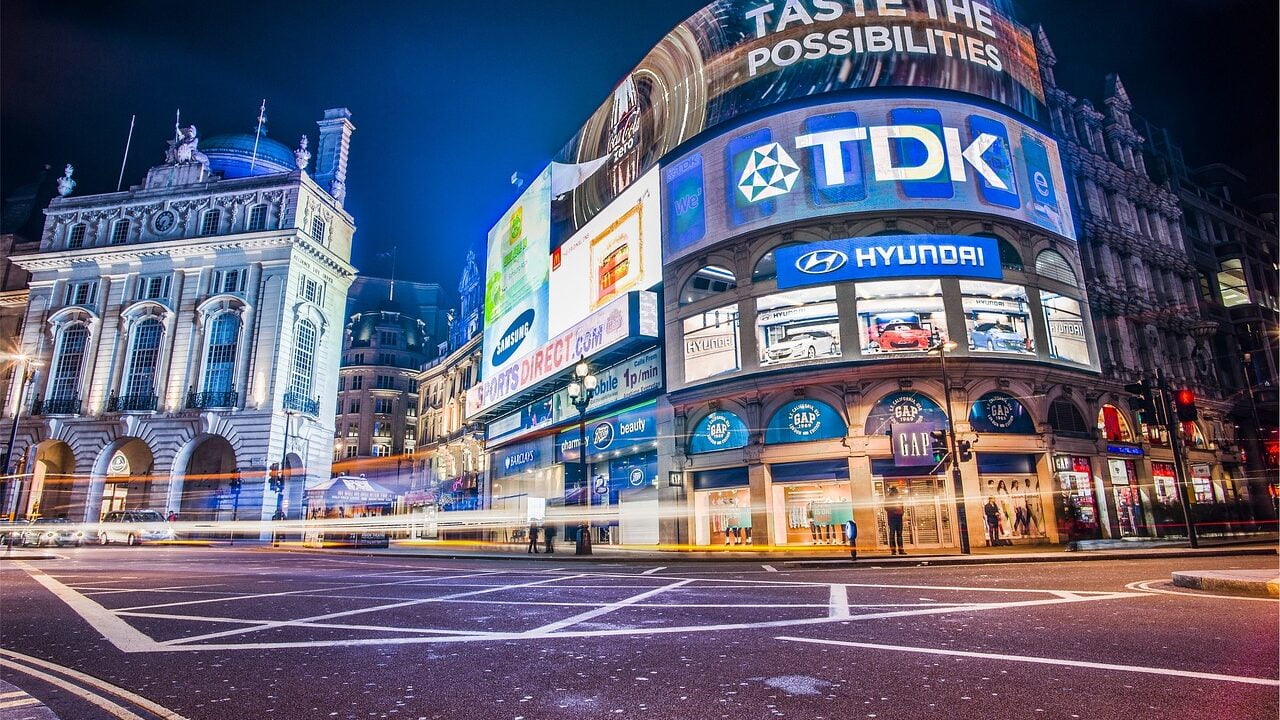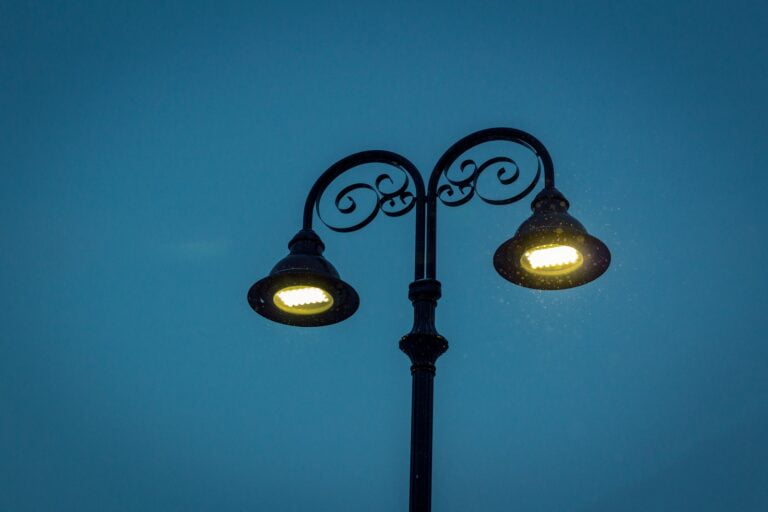Unveiling the Impact: Do LED Lights Increase Light Pollution?

Light pollution, a term that may not be familiar to everyone, is growing in our modern, brightly-lit world. And a major player in this? You guessed it, LED lights! This article will delve into the question: “Do LED lights increase light pollution?” 🌃
What is Light Pollution?

Light pollution is a form of environmental modification that disrupts ecosystems and obscures our view of the stars. It’s not something that typically makes the headlines, but it’s a real issue that’s growing alongside our urbanized landscapes. The culprit? Well, it’s complicated. But a significant factor is our increased use of artificial lights, particularly LED lights.
How Light Pollution Affects Us and Our Environment
Light pollution isn’t just about our inability to stargaze from our backyards, it has far-reaching impacts on both humans and wildlife. For humans, excessive and misdirected light can cause sleep disruptions and even health problems. For wildlife, it disrupts natural rhythms and behaviors. So, the question of whether LED lights increase light pollution isn’t just about aesthetics or science, it’s about health and ecology, too. 🦉
Did you know that birds that migrate or hunt at night can be confused by artificial light? It’s a real issue that can impact their survival. And it’s not just birds; insects, sea turtles, and other animals can also be affected.
Understanding LED Lights
The rapid shift towards LED (Light Emitting Diode) lights in recent years is largely due to their energy efficiency and long lifespan. But with their widespread use, we need to ask: Do LED lights increase light pollution?
LED lights are highly efficient at converting energy into light, which makes them an appealing option for anyone looking to reduce their energy consumption. But this efficiency comes with a downside: the strong blue light they emit can contribute to light pollution.
The Shift Towards LED Lights
There’s been a global shift towards using LED lights over the past decade. Why, you ask? Well, they’re energy efficient, they last longer, and they’re getting cheaper. But with this rapid adoption of LED lights, there’s been an increase in light pollution.
In both developed and developing countries, the trend towards LED lighting is accelerating. This rapid adoption, while good for energy efficiency, is contributing to the rise in light pollution. It’s a case of solving one problem but potentially creating another. 🌍
LED Lights: A Major Player in Light Pollution?
So, do LED lights increase light pollution? The answer is, unfortunately, yes. The intensity and type of light that LEDs emit can contribute significantly to light pollution.
Why Do LED Lights Contribute to Light Pollution?

LED lights contribute to light pollution primarily because of the strong blue light they emit. This type of light scatters more in the atmosphere than other types of light, meaning it contributes more to the ‘glow’ we see over populated areas. It’s like a beacon that extends far beyond its intended area.
Another reason is the sheer amount of LED lights used. With LEDs being the go-to light source for everything from streetlights to home lighting, the cumulative effect is a significant increase in light pollution.
The Impact of LED Light-Induced Light Pollution
The impact of LED-induced light pollution is significant, affecting everything from our ability to observe stars to the health of wildlife and humans.
Consequences for Wildlife
The blue light emitted by LEDs is particularly disruptive for wildlife. Many species, including birds, insects, and sea turtles, depend on natural light to regulate their behaviors. The blue light from LEDs can disorient them, leading to potentially harmful outcomes. For example, sea turtles can become disoriented during their journey to the sea after hatching, and birds can be misdirected during migration. Insects and even fish like salmon are also affected by LED lights, with the light attracting them and exposing them to predators. 😢
Human Health and Well-being
The effects of LED-induced light pollution aren’t just limited to wildlife. Humans, too, are affected by this shift. Circadian rhythms – our body’s internal clock – can be disrupted by excessive artificial light, leading to sleep disruptions and even health problems. 💤
Moreover, the strong blue light emitted by LEDs can interfere with our night vision. This can make it harder to see when driving at night, posing a potential safety hazard.
Mitigating the Impact of LED Lights on Light Pollution
While the situation might seem dire, it’s not all doom and gloom. There are ways to mitigate the impact of LED lights on light pollution. Yes, LED lights do increase light pollution, but with careful planning and design, we can reduce their impact.
Adjusting the Spectrum of Light
One of the ways to reduce the impact of LED lights on light pollution is to adjust the spectrum of light they emit. For instance, researchers have found that ‘warmer’ colors with less blue light are less disorienting for wildlife. Similarly, using amber or green lights instead of blue or white can help reduce the impact on wildlife. 💡
Thoughtful Design and Placement of Lights
Besides the type of light, the design and placement of lighting fixtures also play a significant role in light pollution. By directing lights downwards and ensuring they are only as bright as necessary, we can prevent excessive light spill into the night sky. It’s all about being mindful of our lighting choices and their potential impact. 🏙️
Glossary of Terms
- LED (Light Emitting Diode): A type of lighting technology that is highly efficient at converting electricity into light.
- Light Pollution: Excessive or misdirected artificial light, often from urban areas, that obscures the natural darkness of the night sky.
- Blue Light: The portion of the visible light spectrum with the shortest wavelengths and highest energy. Blue light is often associated with screen devices and LED lights.
- Circadian Rhythm: The body’s internal clock that regulates sleep and wake cycles in a roughly 24-hour cycle.
- Spectrum of Light: The complete range of light wavelengths, from the shortest (ultraviolet) to the longest (infrared).
That’s all, folks! Remember, while LED lights do contribute to light pollution, we all have a role to play in mitigating its impact. Let’s be conscious of our choices and their effects on the world around us. After all, wouldn’t you love to gaze at the stars from your backyard without any artificial glow? I know I would! 🌟






